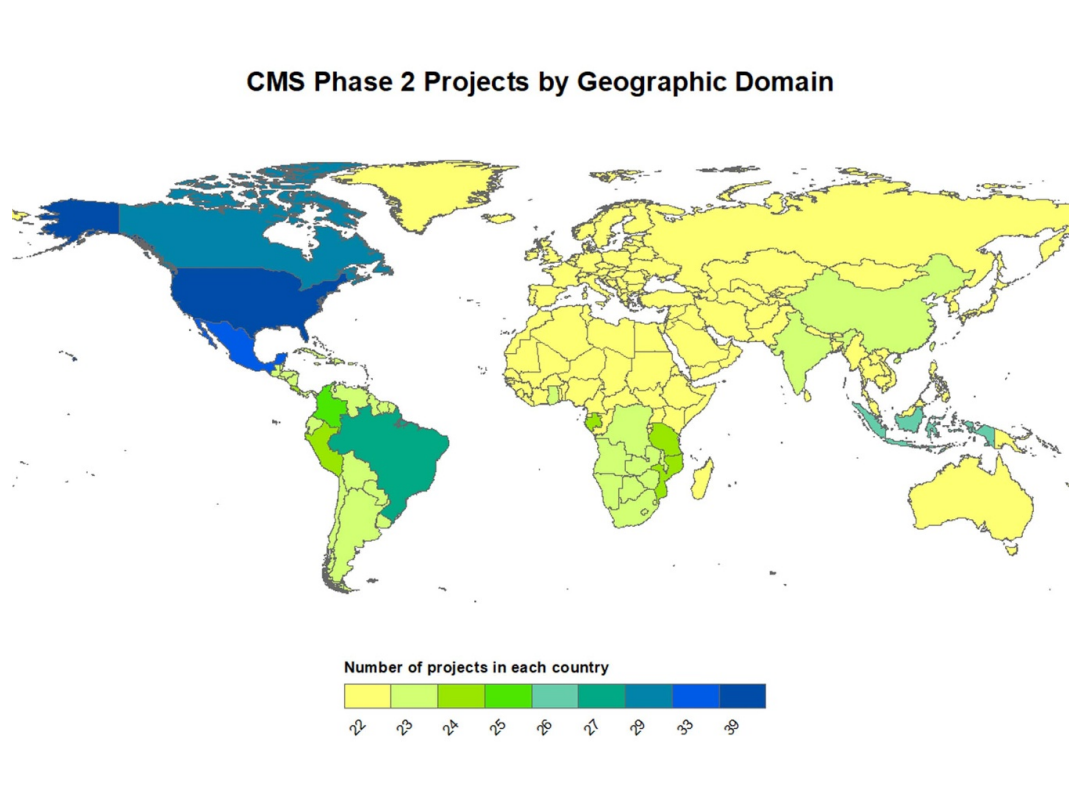Associate Chair George Hurtt recently published a paper entitled “The NASA Carbon Monitoring System Phase 2 synthesis: scope, findings, gaps and recommended next steps,” in Environmental Research Letters. The paper, which synthesized results from applied carbon monitoring research around the world, was a collaborative effort between Hurtt and 20 co-authors across 12 institutions including NOAA/ESRL, California Institute of Technology, NOAA NESDIS, NASA Goddard Space Flight Center, USDA Forest Service, Harvard University, Oregon State University, University of Massachusetts Dartmouth, AER, Inc., Brookhaven National Lab, and Auburn University.
The team of researchers analyzed the NASA Carbon Monitoring System’s Phase 2 activities, which consisted of 79 projects, 482 publications and 136 data products, to address four main questions: What has been attempted? What major results have been obtained? What major gaps and uncertainties remain? What are the recommended next steps?
Full abstract can be found below and the full article can be found here.
Underlying policy efforts to address global climate change is the scientific need to develop the methods to accurately measure and model carbon stocks and fluxes across the wide range of spatial and temporal scales in the Earth system. Initiated in 2010, the NASA Carbon Monitoring System is one of the most ambitious relevant science initiatives to date, exploiting the satellite remote sensing resources, computational capabilities, scientific knowledge, airborne science capabilities, and end-to-end system expertise that are major strengths of the NASA Earth Science program. Here we provide a synthesis of 'Phase 2' activities (2011–2019), encompassing 79 projects, 482 publications, and 136 data products. Our synthesis addresses four key questions: What has been attempted? What major results have been obtained? What major gaps and uncertainties remain? and What are the recommended next steps? Through this review, we take stock of what has been accomplished and identify future priorities toward meeting the nation's needs for carbon monitoring reporting and verification.


